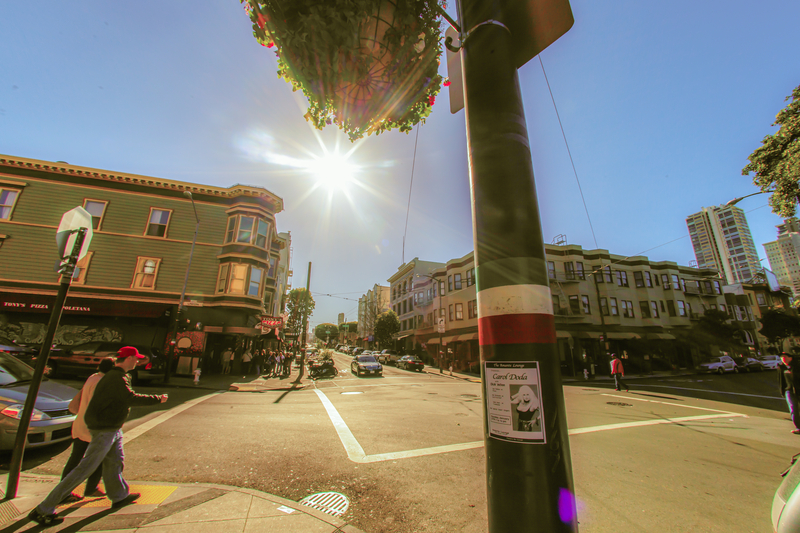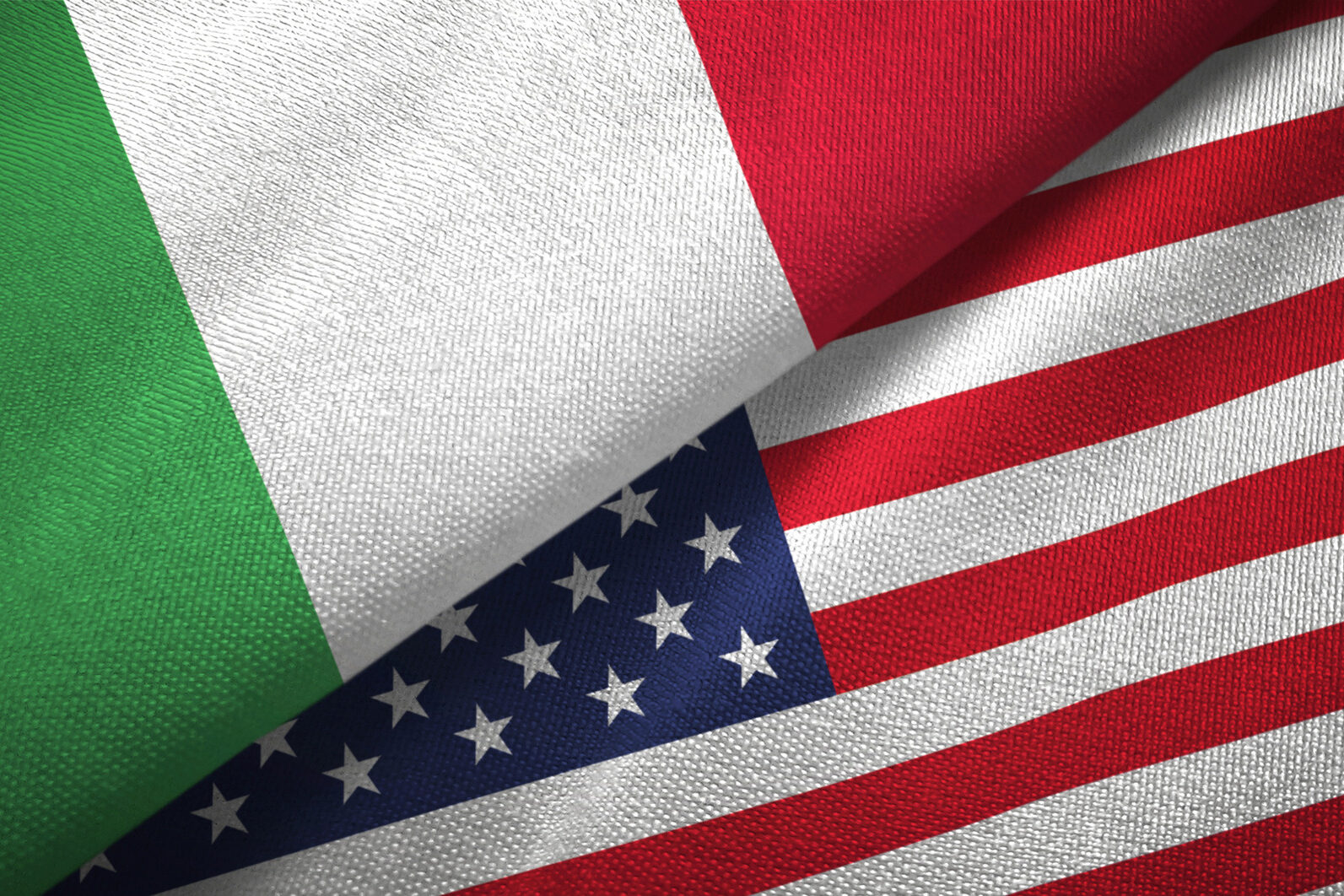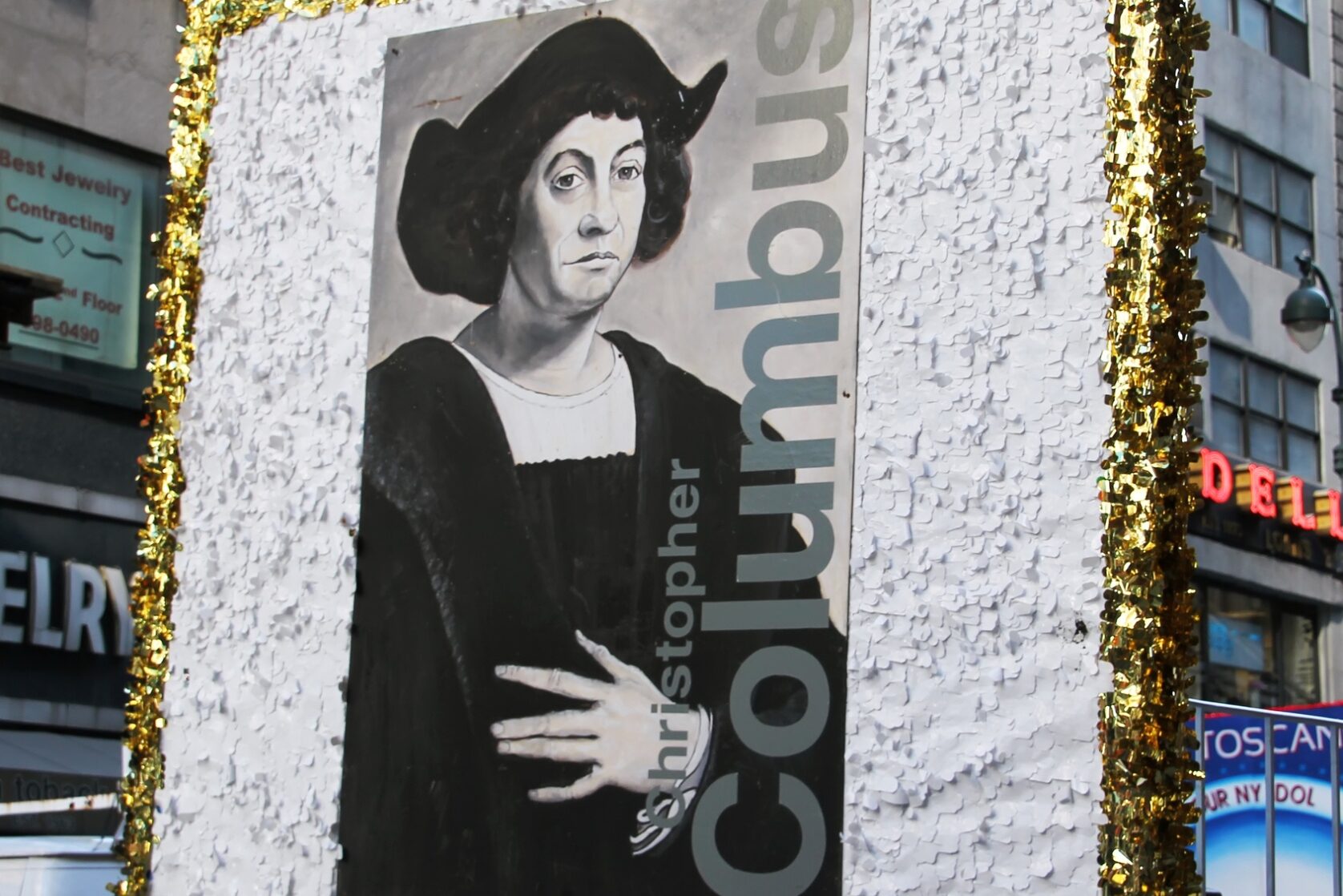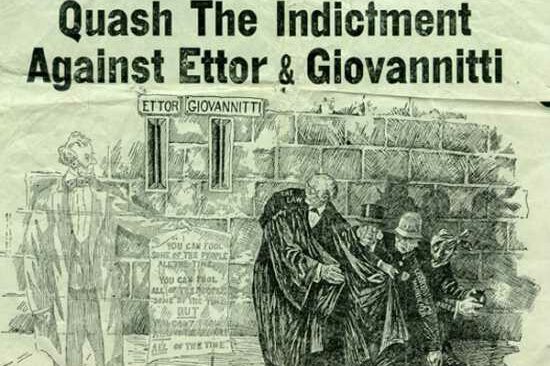Dear readers,
The Italian-American-US internment was a quasi-secret. In 1993, at a conference sponsored by the American-Italian Historical Association’s Western Regional Chapter, Una Storia Segreta had its inception. During that half a day, a panel of speakers for the first time bore public witness to how the wartime restrictions had marked their lives. No one could hear what had happened to Italian Americans in those dark days without realizing that far more remained to be told. The question was, how? At the close of the conference, Maria Gloria, one of the participants, and your Italian Connection, passed a thought: why not do an exhibit?
Had any of us at the American Historical Association’s Western Regional Chapter suspected what this would entail, or where it might lead, Una Storia Segreta might have been stillborn. As it was, innocence prevailed, and we set out to try with project director, Lorenzo DiStasi, curator Dr. Rose Scherini, and project coordinator Adele Negro leading the way. The exhibit opened at the Museo Italo-Americano in San Francisco on February 24, 1994, the anniversary of the fateful day in 1942 when thousands of Italian-Americans in California had to evacuate homes and lives suddenly off-limits to them. The press responded to the exhibit in an unprecedented way: cover stories appeared in the San Francisco Examiner and in several Gannett newspapers, and a report on CNN was broadcast worldwide. Crowds at the Museo were among the largest ever recorded there.
**
Australians of Italian origin were interned in late 1941 and 1942, and like their American counterparts, many of them rarely spoke publicly about those dark days. While looking at the book The Story of Italian Migration – Per l’Australia, a bilingual book by Julia Church published by the Melbourne University Press, I chanced upon a chapter on the Italo- Australian internment and thought I would share it with you.
The Italian Historical Society – Per l’Australia is the story of Italian settlement from as early as 1788 through World War II and beyond. The first Italian cane cutters arrived in North Queensland in the mid-1800s, and by the 1920s, a third of Queensland’s cane farms were Italian-owned and employed Italian cane cutters.
Australia had been at war since June 10, 1940. Italy declared war on Britain and prompted a roundup of Italian nationals in Australia in all states by the next morning. Announcing the decision to intern Italian nationals, the Prime Minister declared that the public might rest assured those not prepared to be loyal to Australia would be deprived of the means of being disloyal. Of the 4,723 people interned, 1,196 came from Western Australia, 2,216 from Queensland, 855 from New South Wales, 171 from South Australia, 170 from Victoria, 65 from Tasmania, and 50 from the Northern Territory. Over a thousand were Australian-born or naturalized British subjects. The largest number of internees came from industries where Italians dominated: sugarcane in North Queensland and mining and fishing in Western Australia. There was a fear that, in the event of a Japanese invasion, enemy aliens living in the remote west of Australia might become collaborators. Victoria, despite being home to what was probably the largest Italian community in the country, had relatively few internees. This may be in part explained by the very special protection the Italian Victorians enjoyed from two eminent Catholics, the Irish-Australian Archbishop Daniel Mannix and his friend, Labour politician Arthur Caldwell. While a small number were fascist sympathizers, the majority of Italian interned had little or no interest in politics and did not pose a threat to national security.
Italians also had restrictions. Under national security regulations, limitations were introduced on employment, travel, and the sale or transfer of property. Enemy aliens were not allowed to own carrier pigeons, radios, cameras, cars, planes, boats, or petrol.
Italian businesses suffered, as farms and plant machinery could be confiscated or disabled. Languages other than English could not be spoken in public places or on the phone. Social life came to a halt: clubs were closed down, travel without a permit was forbidden, as was congregating in the street or in homes. Enemy aliens had no citizenship rights, so they could not turn for protection either to Australia or to Italy. They became stateless people.
Shops were vandalized, so many Italian businesses removed any reference to the word “Italian” and put up signs declaring the proprietor of this business was a British subject. One example for all, that of Tosca restaurant in Melbourne: in 1941, with anti-Italian sentiment running high, its owner Nello Borghesi removed all references to his origins and changed the name of the business to “Hoddle Café.”
Cari lettori,
L’internamento italo-americano negli Usa era quasi un segreto. Nel 1993, in una conferenza sponsorizzata dal Western Regional Chapter dell’American-Italian Historical Association, Una Storia Segreta ha avuto inizio. Durante quella mezza giornata, un panel di relatori ha testimoniato per la prima volta pubblicamente come le restrizioni del tempo di guerra avevano segnato le loro vite. Nessuno poteva sentire cosa era successo agli italoamericani in quei giorni bui senza rendersi conto che restava molto altro da raccontare. La domanda era, come? A chiusura del convegno, Maria Gloria, una delle partecipanti, autrice del vostro Italian Connection, ha pensato: perché non fare una mostra?
Se qualcuno di noi al Western Regional Chapter dell’American Historical Association avesse sospettato cosa avrebbe comportato, o dove avrebbe potuto portare, Una Storia Segreta sarebbe potuta nascere morta. Ma allora, l’innocenza ha prevalso e abbiamo deciso di provarci con il direttore del progetto, Lorenzo DiStasi, la curatrice Rose Scherini e la coordinatrice del progetto Adele Negro in testa. La mostra è stata inaugurata al Museo Italo-Americano di San Francisco il 24 febbraio 1994, anniversario del fatidico giorno del 1942 in cui migliaia di italo-americani in California dovettero evacuare case e vite improvvisamente loro vietate. La stampa ha risposto alla mostra in un modo senza precedenti: sono apparse copertine sul San Francisco Examiner e su diversi giornali Gannett, e un servizio sulla CNN è stato trasmesso in tutto il mondo. Le folle al Museo sono state tra le più numerose mai registrate lì.
***
Gli australiani di origine italiana furono internati alla fine del 1941 e del 1942 e, come i loro omologhi americani, molti di loro raramente hanno parlato pubblicamente di quei giorni bui. Sfogliando il libro The Story of Italian Migration – Per l’Australia, un testo bilingue di Julia Church pubblicato dalla Melbourne University Press, mi sono imbattuta in un capitolo sull’internamento italo-australiano e ho pensato di condividerlo con voi.
The Italian Historical Society – Per l’Australia è la storia dell’insediamento italiano dal 1788 fino alla seconda guerra mondiale e oltre. I primi tagliatori di canna italiani arrivarono nel North Queensland a metà del 1800 e negli anni ’20 un terzo delle produzioni di canna del Queensland erano di proprietà italiana e impiegavano tagliatori di canna italiani.
L’Australia entrò in guerra dal 10 giugno 1940. L’Italia dichiarò guerra alla Gran Bretagna e la mattina successiva provocò un rastrellamento di cittadini italiani in Australia in tutti gli Stati. Annunciando la decisione di internare cittadini italiani, il Presidente del Consiglio dichiarò che l’opinione pubblica poteva essere certa che coloro che non erano disposti a essere fedeli all’Australia sarebbero stati privati dei mezzi per essere sleali.
Delle 4.723 persone internate, 1.196 provenivano dall’Australia occidentale, 2.216 dal Queensland, 855 dal New South Wales, 171 dall’Australia meridionale, 170 dal Victoria, 65 dalla Tasmania e 50 dal Northern Territory. Oltre un migliaio erano sudditi britannici nati in Australia o naturalizzati. Il maggior numero di internati proveniva da industrie in cui dominavano gli italiani: canna da zucchero nel North Queensland e miniere e pesca nell’Australia occidentale. C’era il timore che, in caso di invasione giapponese, gli enemy aliens che vivevano nel remoto ovest dell’Australia potessero diventare collaborazionisti. Victoria, nonostante ospitasse quella che probabilmente era la più grande comunità italiana del paese, aveva relativamente pochi internati. Ciò può essere in parte spiegato dalla protezione molto speciale di cui godevano i vittoriani italiani da parte di due eminenti cattolici, l’arcivescovo irlandese-australiano Daniel Mannix e il suo amico, il politico laburista Arthur Caldwell. Se un piccolo numero era simpatizzante fascista, la maggior parte degli internati italiani aveva poco o nessun interesse per la politica e non rappresentava una minaccia per la sicurezza nazionale.
Anche gli italiani subirono restrizioni. In base alle norme di sicurezza nazionale, vennero introdotte limitazioni all’occupazione, ai viaggi e alla vendita o al trasferimento di proprietà. Agli enemy aliens non era permesso possedere piccioni viaggiatori, radio, macchine fotografiche, automobili, aerei, barche o benzina.
Le imprese italiane soffrirono, poiché le fattorie e i macchinari degli impianti potevano essere confiscati o disabilitati. Lingue diverse dall’inglese non potevano essere parlate in luoghi pubblici o al telefono. La vita sociale si fermò: i locali furono chiusi, gli spostamenti senza permesso vietati, così come gli assembramenti per strada o nelle case. Gli enemy aliens non avevano diritto di cittadinanza, quindi non potevano richiedere protezione né in Australia né in Italia. Divennero apolidi.
I negozi furono vandalizzati, quindi molte aziende italiane rimossero ogni riferimento alla parola “italiano” e affissero cartelli che dichiaravano che il titolare di questa attività era un suddito britannico. Un esempio su tutti, quello del ristorante Tosca a Melbourne: nel 1941, con un forte sentimento anti-italiano, il proprietario Nello Borghesi tolse ogni riferimento alle sue origini e cambiò il nome del locale in “Hoddle Café”.































